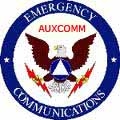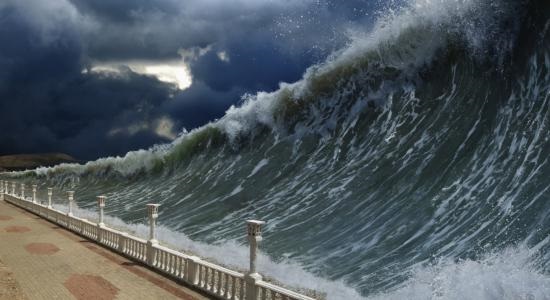Operation Tsunami-2018
January 27, 2018
0800 until 1400
Simulated Emergency Test
AUXCOMM

Registration is now closed
This page was last updated: February 5, 2018

Tsunami 2018
We wish to thank all of those that took part in this year’s Winter SET. We had 62 registered and several others listed in the After Action Reports that were not were not registered when the registrations closed. We had a total of 48 hams that listed themselves on the registrations as having Winlink. This was over 77% of those that were registered. A number of messages sent to the addresses of participants that had listed as being Winlink available were returned. This reflected they have not sent a Winlink message in over a year. If you have not sent a message in over 366 days your account is closed. Those that didn’t registered after April 2017 and pace a password in your software were also dropped from the roles. Messages to those that had listed themselves as Winlink stations and were not, required the sending station to have to go back and resend the traffic through another mode. The use of TELNET defeats the purpose of an exercise such as this. This is not different than using an email exercise. Use the time between now and the next exercise to setup a true Winlink station and area gateway. You may want to set up a digi for relay from your area to a distant gateway. I have a digi in my area that allows the extending of coverage from a single gateway from about 400 square miles to about 8000 square miles.
Traffic was brisk but there were very few “traffic jams” due to heavy volume. We received AAR (After Action Reports) from less than 1/3 of the registered stations. Even with so few reports, we had 617 messages reported as being sent or received. Most of these were on ICS-213 forms with a few being short tactical messages. The smoothness of traffic could be partly attributed to the availability of more VHF or UHF Winlink gateways. The western part of the state had more RMS gateway choices due to the use of digi-peaters for relay.
There was the recognition from several hams that one drill per year was not enough to keep peoples skills sharp with Winlink so we will be planning to have 3 additional drills in the western area of Virginia. This getting rusty would not be a problem if those interested in emergency communications would participate weekly in the “Winlink Wednesday” exercise. This offers an opportunity to be proficient in VHF and HF in the use of RMS nodes. It also allows for practicing in the operation of peer-to-peer communications. This operation (P2P) requires no need for using the Internet.
The registration forms need to be reworked prior to another exercise to clarify the kinds of information needed. The lack of the use of IRLP was disappointing. There was a direct link from the many IRLP equipped repeaters in eastern Virginia to the East Coast Reflector 9214 were a number of western repeater systems were connected. As DMR repeaters and stations continue to expand, we need to use them as an emergency communications resource. Many of the volunteers today have a technician license only. The digital modes listed above allow for technicians to overcome their lack of HF privileges.
There is a wealth of information in the AAR now posted at http://www.w4ghs.org/Tsunami_After-Action-Summary.html. Read these over and use the valid suggestions to improve your local operation.

This communications exercise is based on a simulated tsunami originating from a massive landslide in the Canary Islands off the west coast of Africa. A simulated wave will track to the east coast of America within 10 hours. This wave will be 40 to 46 feet high at low tide. It will rush inland covering everything below 50 feet above sea level. In this simulation, stations above 50 above sea level will be supporting those stations still on the air after impact in the lower coastal areas. The first two hours of the drill will be simulating pre-impact and the last four hours of the exercise will simulate responding to rescue, sheltering, feeding and "Safe and Well" traffic. Winlink will be the standard mode for digital communications especially for the longhaul traffic and messages that require long detailed messaging. More detail can be found in the "overview" link on the left.